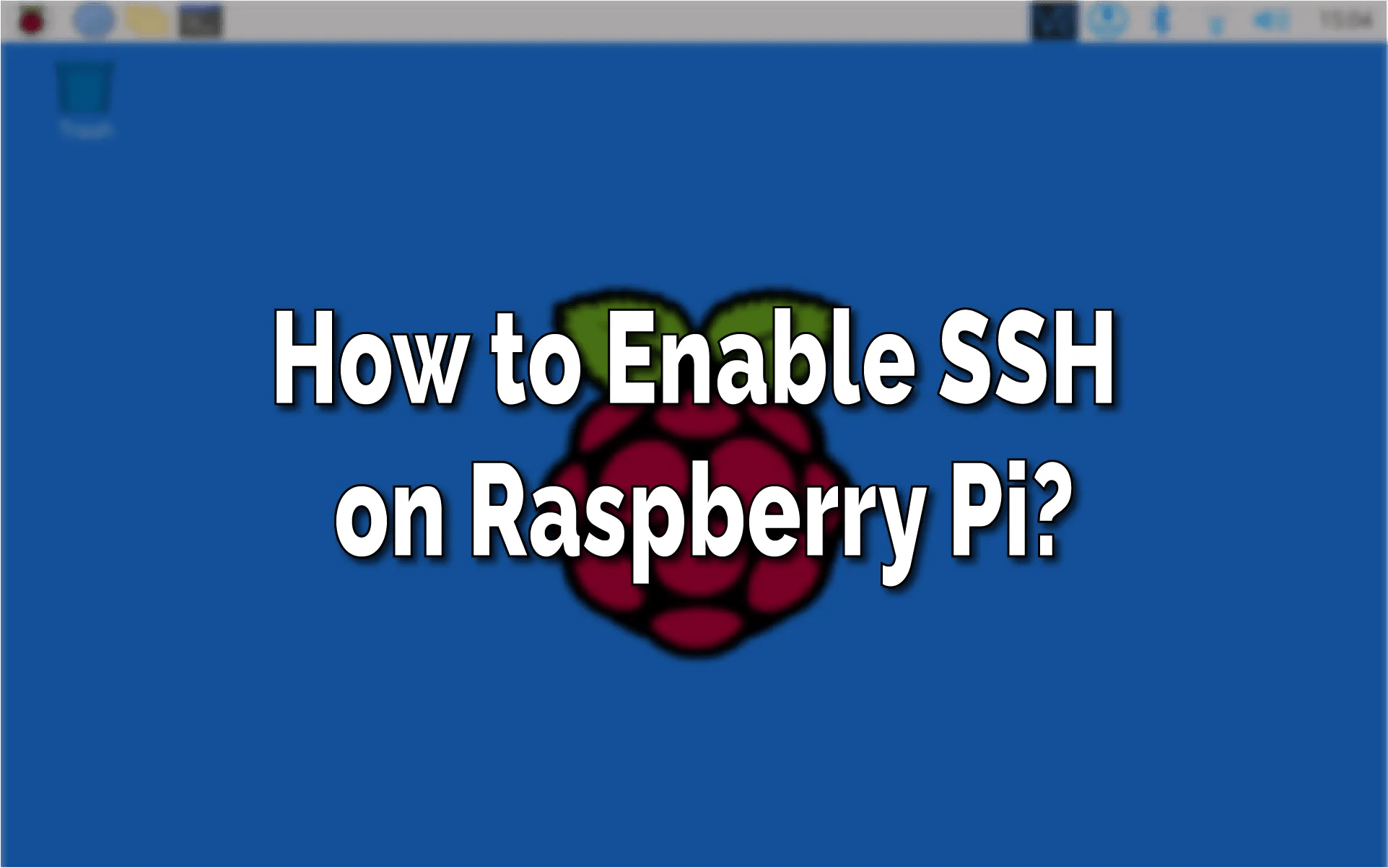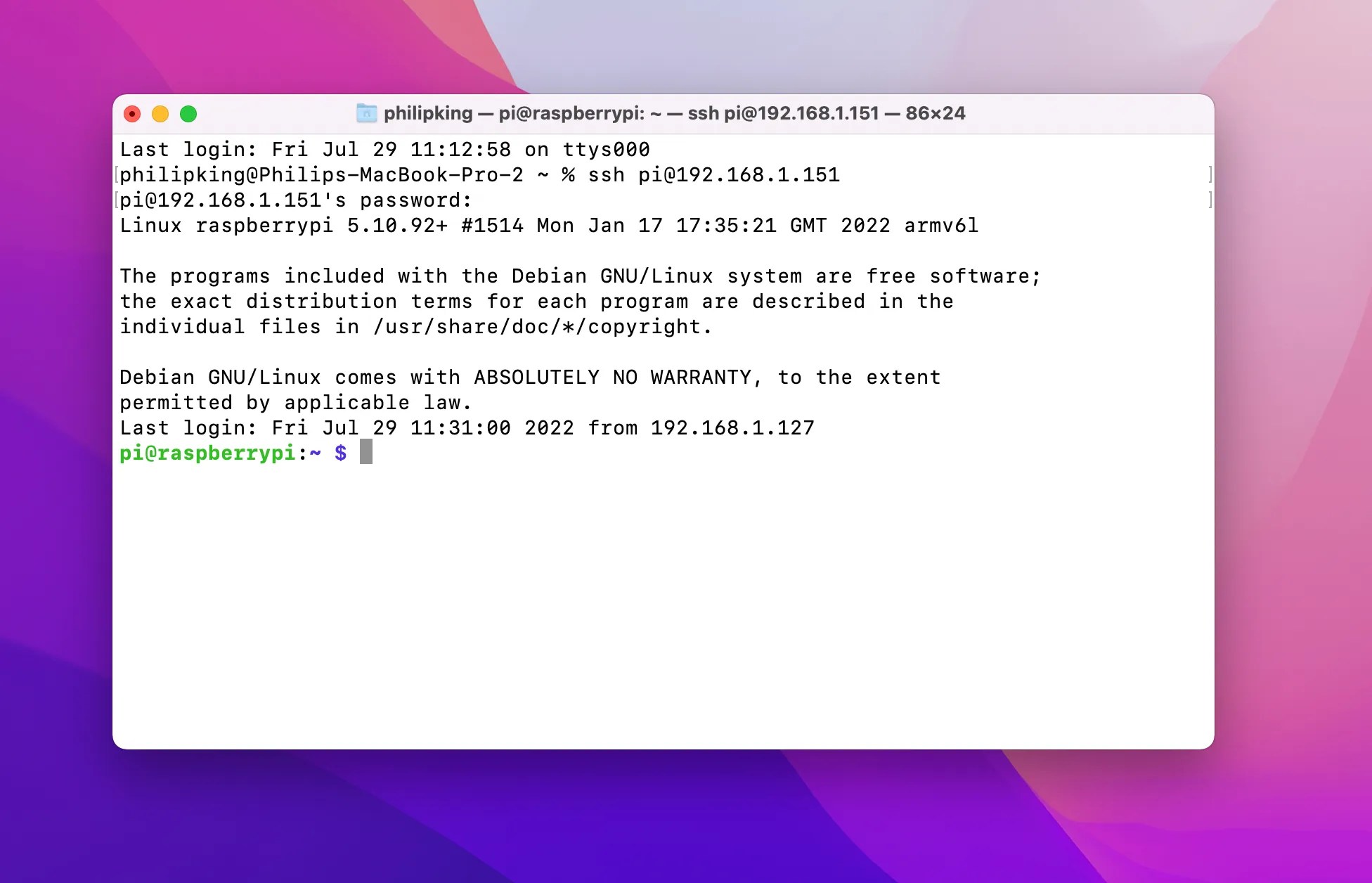Remotely accessing your Raspberry Pi through SSH is a game-changer for tech enthusiasts and professionals alike. Whether you're managing a home automation system, running a server, or experimenting with IoT projects, the ability to connect to your Raspberry Pi from anywhere opens up a world of possibilities. SSH, or Secure Shell, provides a secure way to control your device without needing physical access. With just a few simple steps, you can unlock the full potential of your Raspberry Pi from the comfort of your laptop or smartphone.
Setting up SSH on your Raspberry Pi might seem daunting at first, but it’s easier than you think. By enabling SSH, you can troubleshoot issues, run commands, and manage files without being tethered to your device. This guide will walk you through everything you need to know about remotely SSH into Raspberry Pi, from initial setup to advanced configurations. Whether you're a beginner or an experienced user, this article will equip you with the tools and knowledge to make the most of your Raspberry Pi experience.
With the rise of remote work and IoT projects, knowing how to remotely SSH into Raspberry Pi has become more important than ever. This guide not only focuses on the technical steps but also ensures that you understand the underlying principles of SSH and how it enhances your Raspberry Pi’s functionality. Let’s dive in and explore how you can take control of your Raspberry Pi from anywhere in the world.
- What is SSH and Why Should You Use It?
- How to Enable SSH on Your Raspberry Pi?
- What Are the Prerequisites for Remotely SSH into Raspberry Pi?
- How to Find Your Raspberry Pi’s IP Address?
- Step-by-Step Guide to SSH into Your Raspberry Pi
- Is It Secure to Remotely SSH into Raspberry Pi?
- How to Troubleshoot Common SSH Connection Issues?
- What Are the Best Tools for SSH Connections?
- How to Automate Tasks Using SSH on Raspberry Pi?
- Conclusion: Tips for a Successful SSH Experience
What is SSH and Why Should You Use It?
SSH, or Secure Shell, is a protocol that allows you to securely access and manage a remote device over an unsecured network. It encrypts all data exchanged between your local machine and the remote device, ensuring that sensitive information like passwords and commands cannot be intercepted. For Raspberry Pi users, SSH is an invaluable tool for remotely managing their devices without the need for physical access.
One of the main reasons to use SSH is its convenience. Whether you're at home or traveling, you can remotely SSH into Raspberry Pi to execute commands, transfer files, or monitor system performance. Additionally, SSH is lightweight and doesn’t consume much bandwidth, making it ideal for low-power devices like the Raspberry Pi.
Another advantage of SSH is its versatility. You can use it for a wide range of tasks, from setting up a web server to automating repetitive tasks. With SSH, the possibilities are endless, and this guide will help you harness its full potential.
How to Enable SSH on Your Raspberry Pi?
Before you can remotely SSH into Raspberry Pi, you need to enable the SSH feature. By default, SSH is disabled on Raspberry Pi for security reasons. Here’s how you can enable it:
- Connect your Raspberry Pi to a monitor, keyboard, and mouse.
- Open the terminal and type
sudo raspi-config. - Navigate to Interfacing Options and select SSH.
- Choose Yes to enable SSH and exit the configuration tool.
Alternatively, you can enable SSH by creating an empty file named ssh in the boot partition of your Raspberry Pi’s SD card. This method is useful if you don’t have access to a monitor or keyboard.
What Are the Prerequisites for Remotely SSH into Raspberry Pi?
To successfully remotely SSH into Raspberry Pi, you’ll need a few things in place:
- A Raspberry Pi with Raspbian OS installed.
- An active internet connection for both your Raspberry Pi and your local machine.
- The IP address of your Raspberry Pi.
- An SSH client installed on your local machine (e.g., PuTTY for Windows or Terminal for macOS/Linux).
Ensure that your Raspberry Pi is powered on and connected to the same network as your local machine. These prerequisites are essential for establishing a stable and secure connection.
How to Find Your Raspberry Pi’s IP Address?
Knowing your Raspberry Pi’s IP address is crucial for establishing an SSH connection. Here are a few methods to find it:
- Check your router’s admin panel for a list of connected devices.
- Use the
hostname -Icommand in the Raspberry Pi terminal. - Install a network scanning tool like Advanced IP Scanner on your local machine.
Once you have the IP address, you can use it to remotely SSH into Raspberry Pi from any device on the same network.
Step-by-Step Guide to SSH into Your Raspberry Pi
Now that you’ve enabled SSH and gathered the necessary information, it’s time to connect to your Raspberry Pi. Follow these steps:
- Open your SSH client (e.g., Terminal or PuTTY).
- Type
ssh pi@. - Enter the default password (
raspberry) when prompted. - You’re now connected and can start issuing commands.
For added security, consider changing the default password and username after your first login.
Is It Secure to Remotely SSH into Raspberry Pi?
While SSH is inherently secure, there are additional steps you can take to enhance the security of your connection:
- Change the default username and password.
- Disable password authentication and use SSH keys instead.
- Restrict SSH access to specific IP addresses.
- Keep your Raspberry Pi’s operating system and software up to date.
By following these best practices, you can ensure that your remotely SSH into Raspberry Pi remains safe from unauthorized access.
How to Troubleshoot Common SSH Connection Issues?
Occasionally, you may encounter issues while trying to SSH into your Raspberry Pi. Here are some common problems and their solutions:
- Connection Refused: Ensure that SSH is enabled and your Raspberry Pi is powered on.
- Incorrect Password: Double-check the password or reset it using the Raspberry Pi configuration tool.
- Network Issues: Verify that both devices are on the same network and that the IP address is correct.
If problems persist, consult the Raspberry Pi forums or official documentation for further assistance.
What Are the Best Tools for SSH Connections?
Choosing the right SSH client can make your experience smoother. Here are some popular options:
- PuTTY: A lightweight and user-friendly SSH client for Windows.
- Terminal: Built into macOS and Linux, it’s a powerful tool for advanced users.
- MobaXterm: Offers a graphical interface and additional features for Windows users.
Each tool has its own strengths, so choose one that aligns with your preferences and technical expertise.
How to Automate Tasks Using SSH on Raspberry Pi?
One of the most powerful features of SSH is its ability to automate tasks. You can write scripts to perform routine operations like backups, system updates, or file transfers. Here’s an example of a simple script:
#!/bin/bash ssh pi@192.168.1.10 "sudo apt update && sudo apt upgrade -y" This script connects to your Raspberry Pi and updates the system. You can schedule it to run automatically using cron jobs.
Conclusion: Tips for a Successful SSH Experience
Learning how to remotely SSH into Raspberry Pi is a valuable skill that can enhance your productivity and expand your project possibilities. By following the steps outlined in this guide, you can securely and efficiently manage your Raspberry Pi from anywhere. Remember to prioritize security, keep your software updated, and experiment with automation to get the most out of your setup.
With the right tools and knowledge, you can unlock the full potential of your Raspberry Pi and take your projects to the next level. Happy coding!
Article Recommendations

